Think you aren’t a DIYer? Think again. These projects are easy—and can save you a ton of money.
You may be spending a LOT more time at home than you’re used to and taking an extra look at your living space. Is your dining room now your home office during the day and then a place for dinner at night? What about that drip, drip, drip that you’re hearing and can’t ignore anymore? There’s no doubt that some work is best left to a professional, but there’s a lot of do-it-yourself that you can do!
You don’t have to spend a lot of money to change things up at home. Walking into a home improvement store can seem overwhelming, but it shouldn’t be. Taking your project into your own hands should feel empowering–so walk into that store like a boss! Many stores hold free workshops for DIYers looking to handle some basic home maintenance or bigger improvement projects. And thanks to YouTube, you can learn how to repair just about anything.
Whether you’re looking through Pinterest to get inspired or you have a vision in mind, it’s a good idea to think about whether or not you need to improve your home for functionality, decor, or both. If you’re considering throwing away your old couches, you might be able to restore them instead. “If your wood furniture is scratched, dinged, or discolored, you can sand it and apply varnish, or pick up a bottle of a furniture restore product, which is simple to apply, and seems to magically take away scratches, evens out the finish and color and makes your furniture look brand new,” says Lynell Ross, resource director for Test Prep Reviews. Feeling like your walls are looking a bit drab? Find out how to paint a room to transform your space. If you’re overwhelmed by the idea of remodeling your kitchen, try to change some fixtures, or make over the kitchen by focusing on your cabinets. Here are some other basic home improvement skills to keep in your back pocket.
1. ADD A TOUCH OF COLOR TO YOUR STAIRS
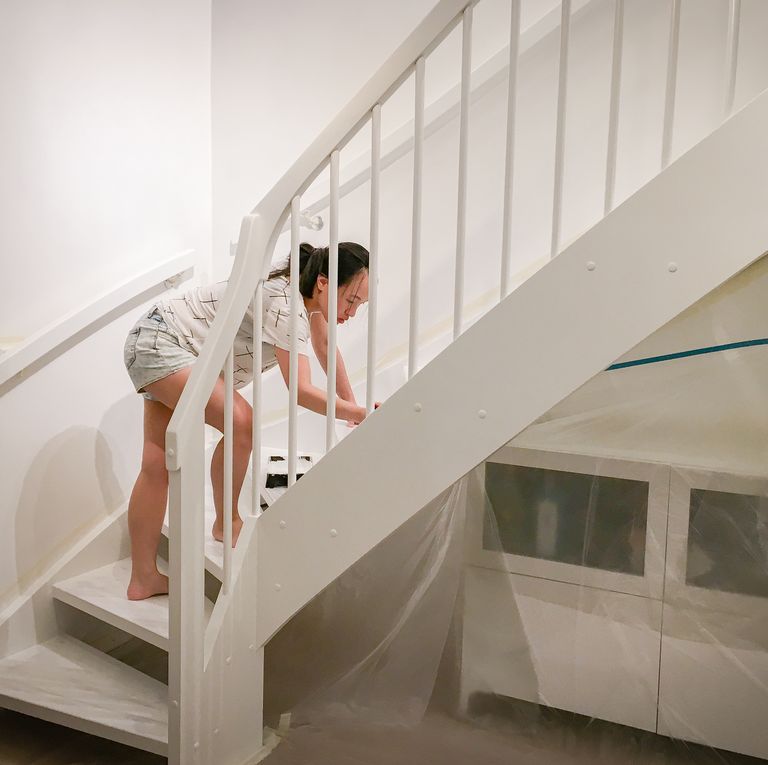
Staircase remodeling can cost a lot, and this trick will save you money if you do it yourself. Sarah Logan, editor of The Bunny Hub, recommends that you paint your staircase so that it looks like it has a carpet runner. “This gives you the cozy look and feel of a carpet, without the maintenance of owning a carpet,” she says.
If you’re going to take on this task, remember that painting can be a bit of a messy job. “Although we cover furniture and wear old clothes, often people forget about their phone,” says Jen Stark, founder of Happy DIY Home. “Place your phone in a simple plastic Ziplock, bag and it will stay paint-free and you can still use the screen.”
2. FOCUS ON THOSE FIXTURES

Upgrading a room doesn’t have to break the budget. “Without undergoing a major renovation or gut job, you can give your kitchen and bathroom a facelift by replacing handles and knobs,” says Bonnie Heatzig of The Luxury Real Estate Authority. “You can find knobs at places like Anthropologie or an antique store to add character and invoke your personality into your home.”
Consider replacing light fixtures to change the vibe of the room. They’re also pretty easy to install. “Think chandeliers in an entry foyer or over the dining table or new lighting over the bathroom vanity,” says Heatzig.
3. UPDATE YOUR SWITCH PLATES
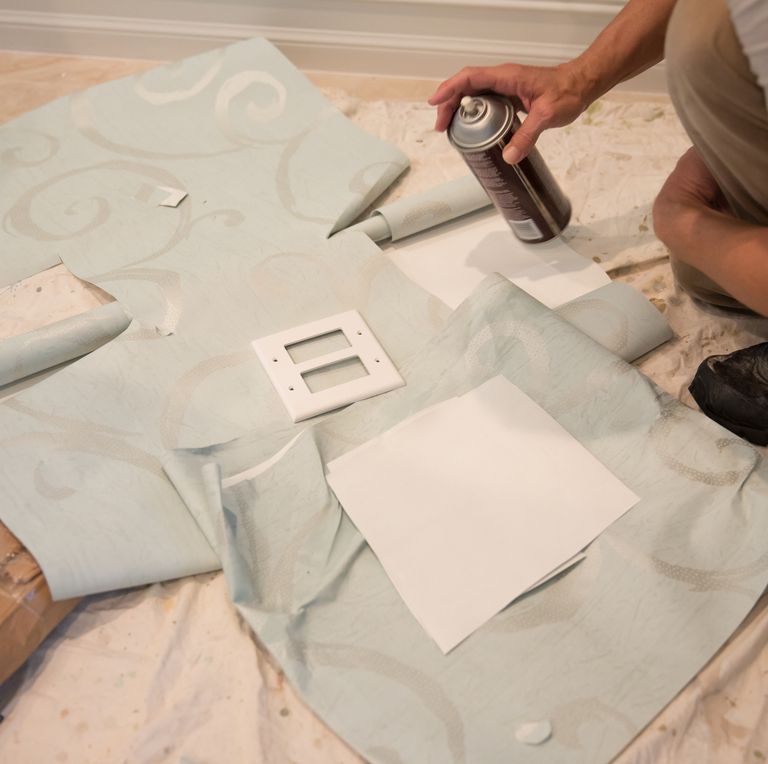
It’s a quick, easy and affordable way to update a room. “For each space, I typically pick a finish to mimic,” says Leann Greto, head of product development/merchandising at Garrett Wade. “For example, I swapped all of my kitchen switch plates for stainless to match my appliances and give the room a more cohesive look. If you have a bit more time you can create your own custom plate with an easy decoupage method.”
Start by photocopying or printing out a textile in your room. It could be embroidery on a pillow or a stripe or texture from a window treatment. Once printed, cut the paper about 1/3 inch larger than the plate all around, brush the front of the plate in varnish, press paper to the plate, fold over the edges to the back and trim corners. Use a sharp knife to slice the switch hole open and again carefully fold to the back, folding over the edges to the back and then just again brushing on the varnish on the back of the plate to secure the paper. Allow to fully dry before securing to your wall.
4. ORGANIZE AND DISPLAY YOUR PHOTOS

Many of us have boxes of old photos with nowhere to display them, and new photos trapped on our phones, with no time or interest in sorting, printing, and framing them. “Declutter your traditional old picture frames and boxes of print photos, and consider upgrading to a digital frame,” says Scott Chapps, chief creative officer at Aura Frames. “With a digital frame, you can immediately upload new images right from your phone, bringing some variety to an otherwise static environment while still keeping it refreshed and clean.”
5. SPRUCE UP YOUR STORAGE
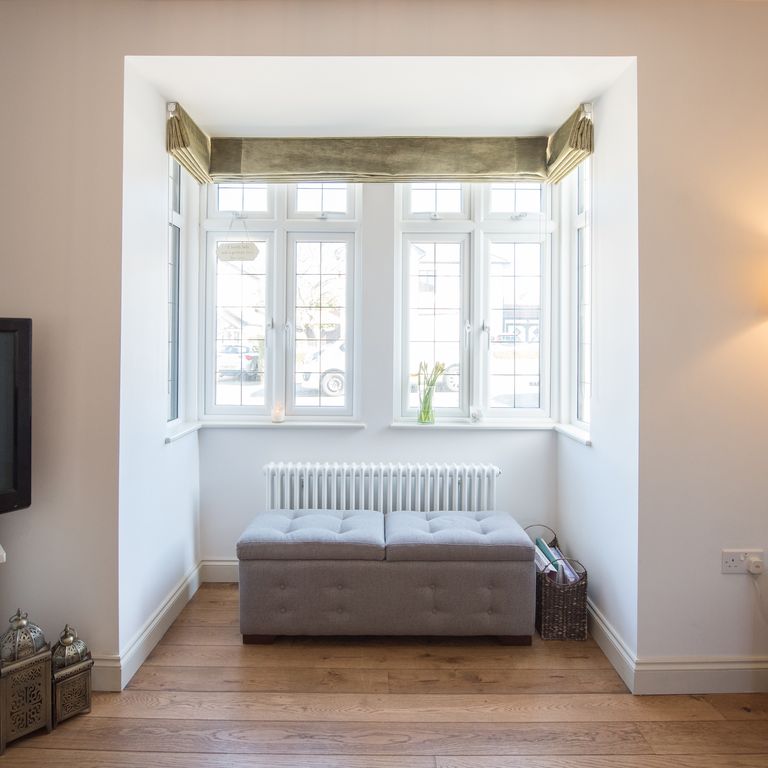
Liz Jeneault, vice president of marketing at Faveable, recently upgraded her home by adding trendy storage ottomans to her living room and daughter’s room. “I feel it’s something that every woman and mom should try,” she says. Not only do storage ottomans add an aspect of elegance to your living space, but they’re also great for storing toys, blankets, magazines, and other items that end up getting tossed around.
“If I need to pick up my living room in a hurry because a friend is making a surprise visit, I just simply throw my toddler’s toys and other items in the storage ottoman and then the room looks perfectly clean,” she says. Having a storage ottoman is a simple home improvement trick that can help make things just a little bit easier on women and moms everywhere.
6. CREATE MORE SPACE IN YOUR CLOSET

Vertical storage systems are perfect for homeowners who have a lot of stuff but not enough space. “Start by locating studs with a stud finder, before deciding on shelf placement (mark with pencil),” says Marty Basher, home improvement expert with Modular Closets. “Attach brackets/cleats and slide the shelf plank on. As long as you have access to a drill and a stud finder, the process should take an hour or two at most.” You can purchase kits or make shelves yourself and follow DIY tutorials.
You can also add organization to your existing closet. Let’s say you’ve got a small closet that is laid out well, but you need additional storage space within it. For shelves, Basher recommends adding a few inexpensive shelf dividers to create more organized piles. Double the hanging space with an extender rod. A closet door is typically unused real estate, add hooks or hanging bars to the closet door. Under-shelf hanging baskets are perfect for smaller items like scarves, gloves, jewelry, or hand towels and wash cloths.
7. MAKE IT EASY TO ACCESS YOUR APPLIANCES
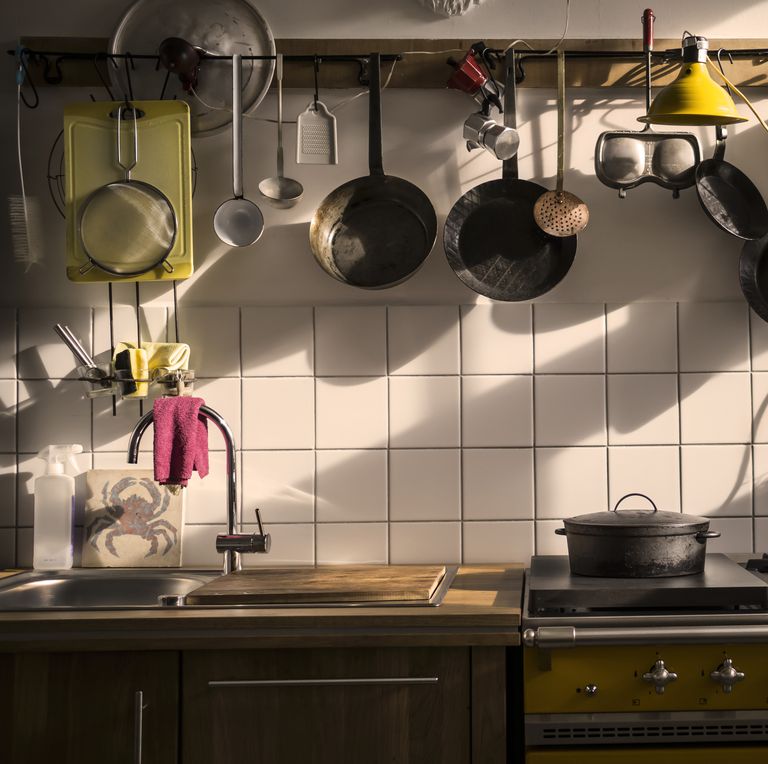
Although it seems simple, making frequently used appliances more easily accessible can make a surprising difference. “For example, to avoid the hassle of bringing out your bulky, heavy stand mixer every time you bake, you can easily mount it to a lift mechanism inside a lower kitchen cabinet,” says Eamon Lynch, director of warranty service at Power Home Remodeling.
“The lift hinges in a way that enables you to slide your mixer out and position it at a working level; when you’re finished using it, you can simply lower the ledge and slide it back inside your cabinet.”
8. UPDATE THE LAUNDRY ROOM DOOR
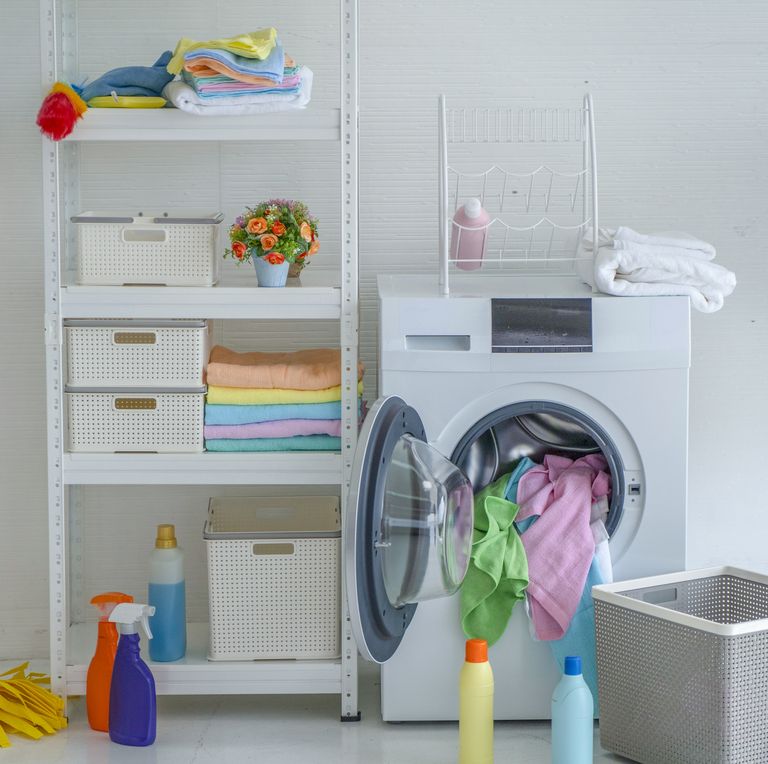
If you store your washer and dryer inside a closet space with doors, those doors are key to keeping the noise down. But what you may not realize is that they also play a role in preventing dust and debris from circulating throughout the house.
Louvered or slatted doors allow dust particles to escape and can cause your HVAC system to need maintenance more frequently. Lynch recommends an easy DIY that fixes this problem. Swap out a louvered door for a solid door. Also, consider adding a hook to hang an ironing board directly to the door, instead of storing it on the side. This keeps it always within reach without taking up additional space.
9. FIX THE MOLDY CAULKING AROUND YOUR BATHTUB
![]()
It’s a common problem that’s easy to fix. You’ll need a silicone caulking tool, caulking gun, mold-resistant silicone caulk, painter’s tape, and paper towel. ProTip founder and self-taught handyman Nick Anderson walks through the steps. First, remove the old caulking and make sure you don’t chip the ceramic tile. Clean the surface and use a wet rag to wipe away any debris and soap residue. Lay down painter’s tape along the line that you’re caulking. Leave about a 1/4 inch gap from the corner and tape along the ceramic tile and along the tub. Load the caulk gun and then squeeze, leaving a generous bead of caulking between the blue painter’s tape you ran along the tub.
He recommends doing one side of the tub at a time. Make sure to fill in any gaps in the wall. And don’t worry if it looks messy. Remove the excess caulk. You want a nice clean line, so run your finger or spoon along the line of caulking. Wait a few minutes and remove the blue painter’s tape before the caulk sets. Let it dry and enjoy!
10. FRAME A BATHROOM MIRROR
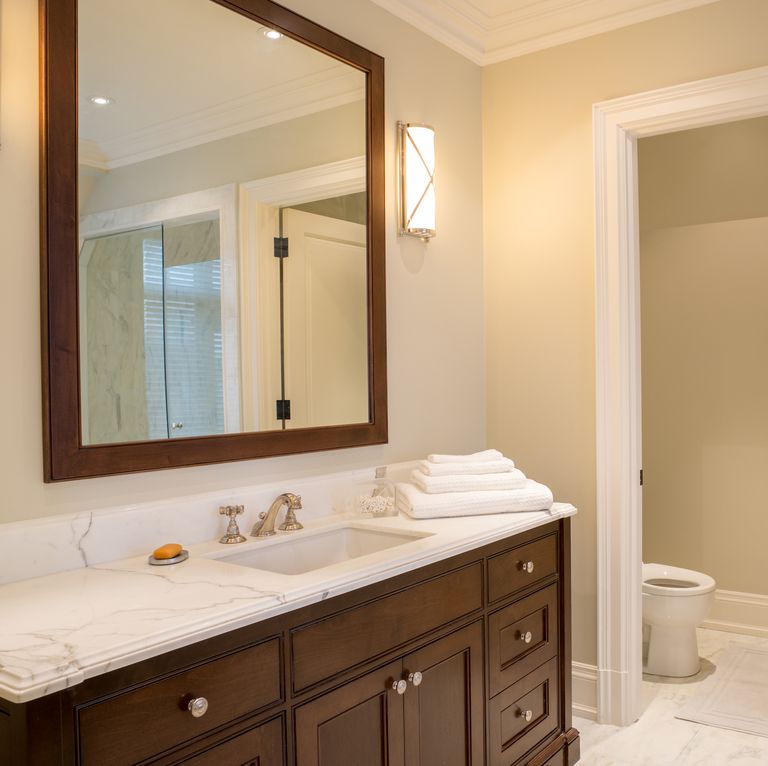
If you have a boring mirror, this is a great way to make it one of a kind, according to ProTip resident handyman and pro Rob Shaw. You’ll need a chop saw, construction adhesive, and eye protection. First, choose a trim that would look amazing around the mirror edges. Measure the dimensions of your mirror, noting the longest measurements from corner to corner.
Set the chop saw’s table to a 45 degree angle and cut. Be mindful that you will need to move the table to -45 degrees for the next cut, you should end up with a 45 and -45 cut on each piece for perfectly joined corners. Size up your pieces before applying adhesive and paint, and decorate accordingly. Then apply construction adhesive to the back of trim pieces and use masking tape to hold them in place starting low and finishing with your top piece last.
11. FIX THAT PESKY LEAK
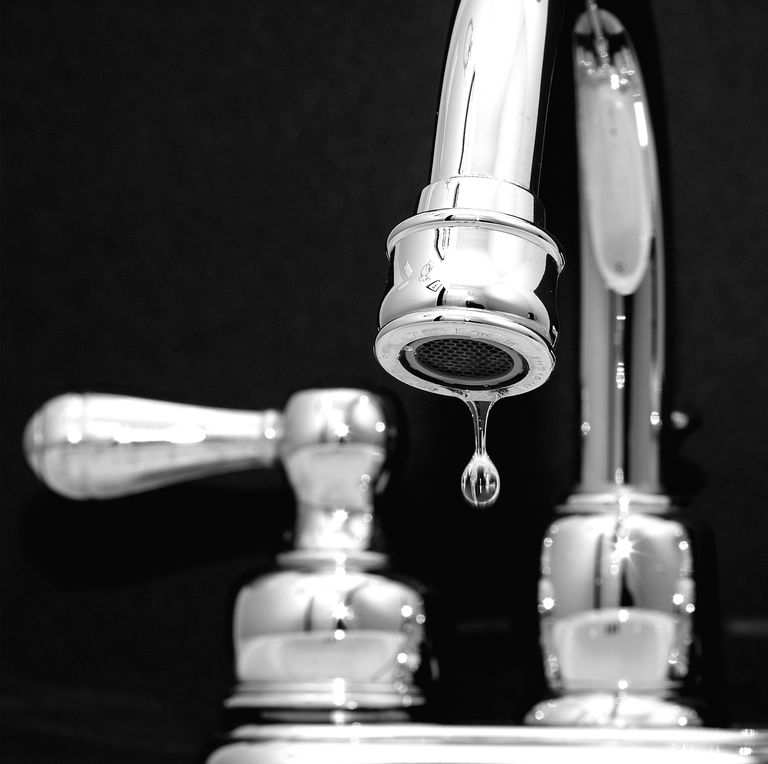
A leaky faucet can happen anytime, and not only is it annoying, but the cost of the water wasted really adds up. The most likely culprit is a deteriorated washer. “The easiest way to locate the faulty washer is to do a quick Internet search on the manufacturer of your faucet or pick up your user manual if you still have it on hand,” says Trond Nyland, Founder and CEO at Mattress Review. Some manufacturers even include a how-to guide for washer location and replacement.
This is usually a simple replacement for a compression-style faucet. You’ll need to know where the water shut-off valve is located and have a pair of pliers handy. Once you’ve removed either the faucet housing or handle, depending on what you found out in the manufacturer’s guide, remove the packing nut with the pliers. Unscrew and remove the valve stem, and remove the screw that holds the washer. You can then use the faulty washer to find the same type at your local home improvement store.
12. CLEAN YOUR GARBAGE DISPOSAL
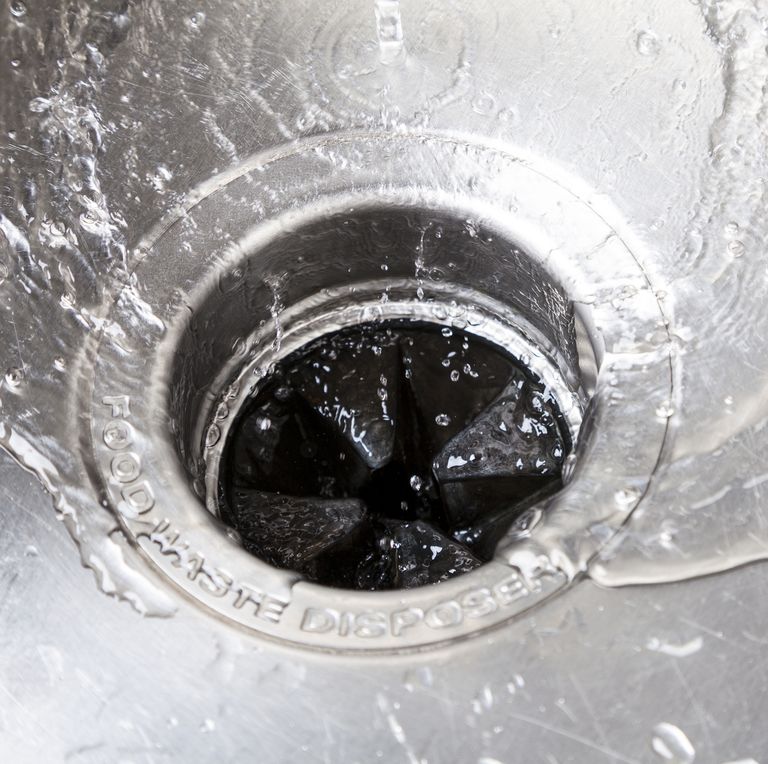
Start off with a handful of ice cubes. These will remove any food scraps that are stuck under the disposal blades or impellers, depending on your model, as well as the grind chamber. Ice cubes will also help to sharpen your blades, if you have them. “However, less is more,” says Mark Dawson, chief operating officer at One Hour Heating & Air Conditioning, Mister Sparky, and Benjamin Franklin Plumbing.
“Don’t feel the need to overfill your drain with ice as this can just clog your drain line.” Once the ice is gone, cut up a few wedges of your favorite citrus and place down the disposal. Fruits such as lemons and oranges will help neutralize any odor and keep your drain smelling fresh. Make sure that when you place the citrus wedges down the drain that you are also running cool water through the disposal.
13. GIVE YOUR CARPET SOME TLC
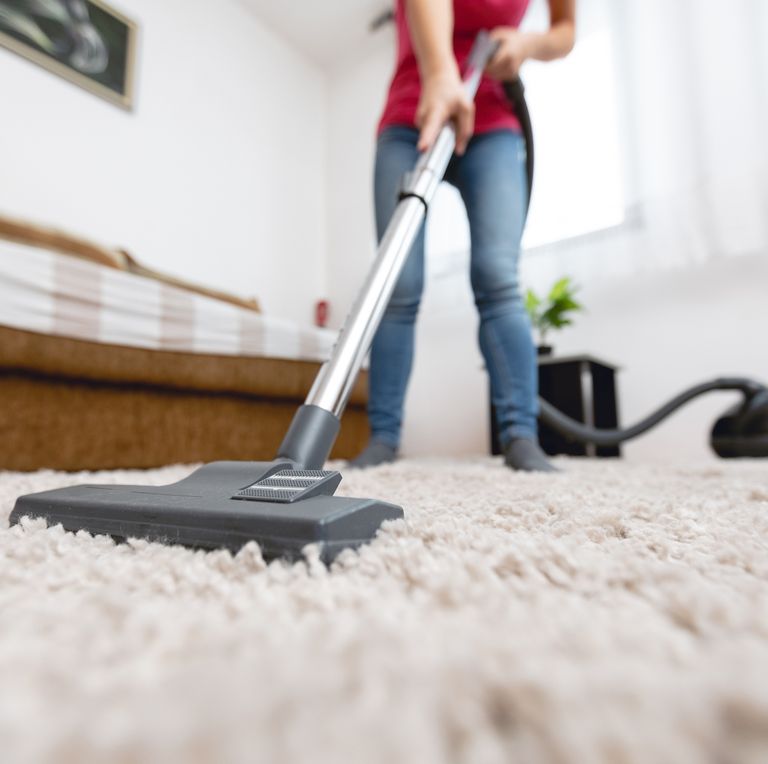
“If you’re looking to create your own cleaning concoction, make a cool detergent solution by mixing one teaspoonful of a colorless, mild detergent or dishwashing liquid in a cup of lukewarm water,” says Jack White, director of special projects at Rainbow International Restoration, a Neighborly company.
Avoid rubbing the stained area, as it can drive the stain deeper and possibly damage your carpet—blot instead. Don’t soak or over-wet the area. Rinse with water and blot until dry with a white cotton towel. If the stain remains, you can attempt to remove it with a 3% hydrogen peroxide solution.
14. USE VINEGAR AND LEMON TO STEAM CLEAN YOUR OVEN AND MICROWAVE
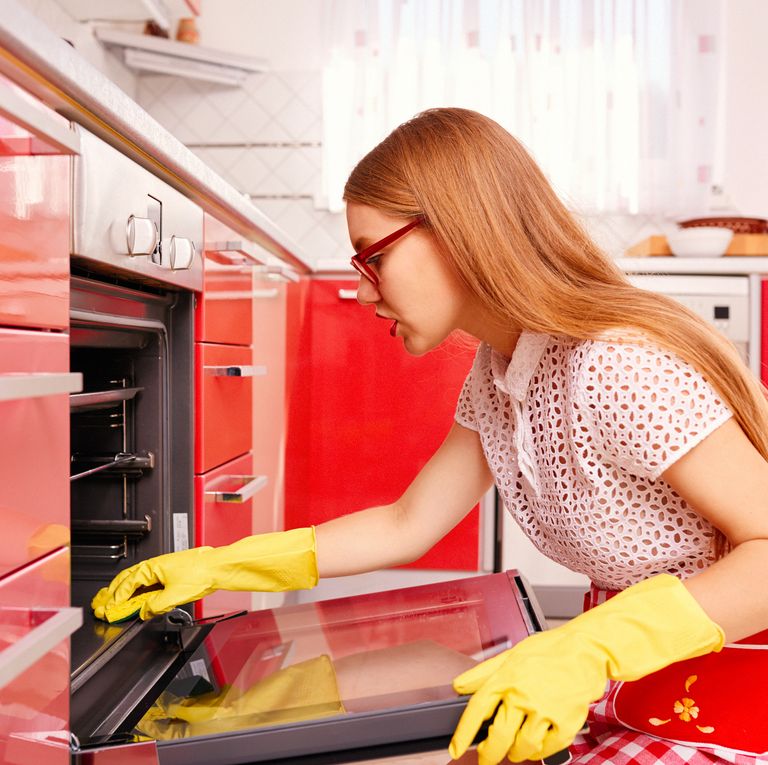
Gladys K. Connelly, a home organization expert and writer for The House Wire, found that two household ingredients can really improve two unpleasant chores. Instead of scrubbing away at the inside of your stove for hours, fill a large, oven-safe pot with water. Place a half-cup of vinegar in it, then add a few squirts of lemon juice. Place it in the oven, then turn the oven to 230 degrees. Leave it there for 90 minutes, take it out, and let the oven cool.
When the oven is cool, you’ll be able to wipe the grime off without any effort. The hot vinegar breaks down the grime, making it easier to remove, and you just have to wipe it down with a wet sponge. This trick works in the microwave, too. Zap a bowl filled with one part water, one part vinegar, and a few drops of lemon in the microwave for five minutes, then wipe it clean.
15. LEARN HOW TO USE A VOLT READER
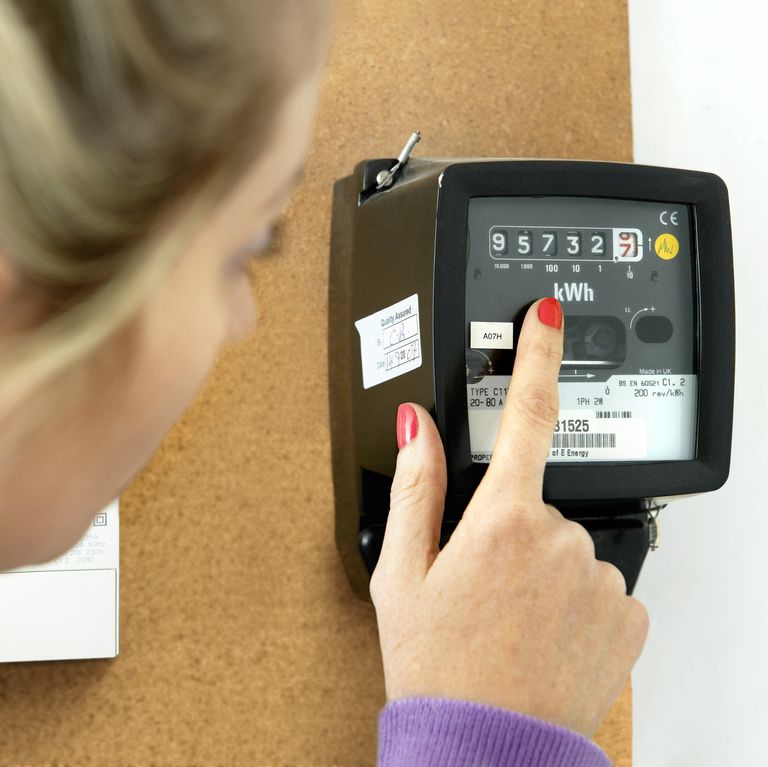
It seems like such a simple thing, but so many people don’t know how to read the voltage from their appliances and their circuit breakers, and it can really be a lifesaver. When Courtney Keene, director of operations of MyRoofingPal, was suddenly stuck with a water pump that wasn’t working, she ran out of water and needed to make sure the pump was getting electricity.
When that was done, she had to make sure the electricity was turned off so she could check the components. “I wouldn’t have been able to do either safely without a volt reader,” she says. “It’s a simple thing, but learning how to work the contacts, where to place them, how to read the volt reader and what numbers you should be seeing is crucial when dealing with electrical appliances in your home.”
16. BOOST YOUR HOME SECURITY
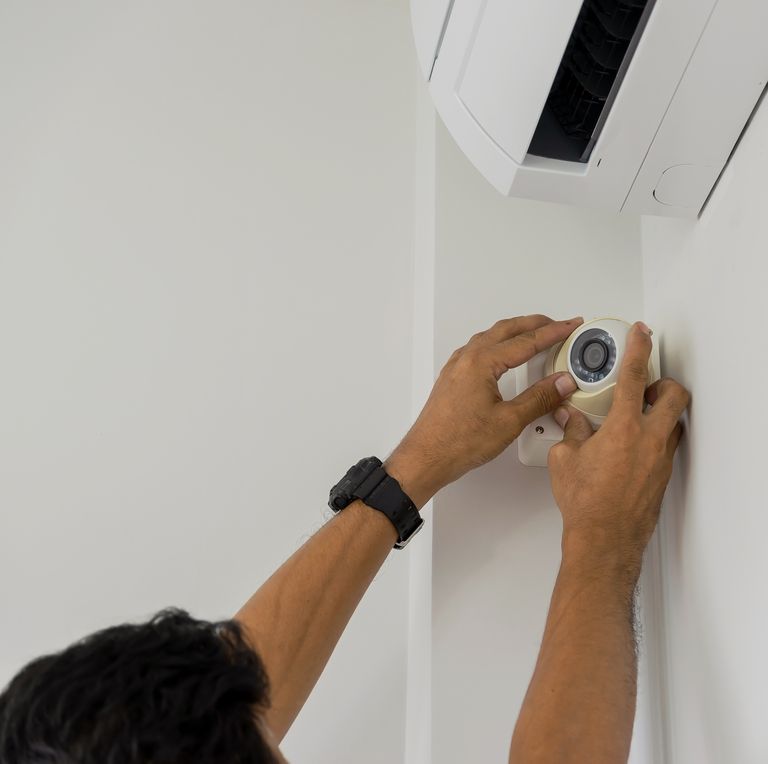
Whether you live in the quietest town or a major metropolitan city, break-ins can happen. “Some easy, affordable home improvement projects which help deter break-ins are installing motion-sensor lights, a high fence around your yard, and burglar-proof windows and doors,” says Diane Vukovic, lead writer at Primal Survivor. “You will also want to consider removing any trees or shrubs around windows as these make it easy for intruders to break in without being noticed.”
Also, consider a home security camera or alarm system to monitor your house. Many high-rated camera options are available for under $100, while alarm systems can run about $10 a month. If you’re looking for a quick DIY fix, you can also choose to install new door locks. “Adding a swing lock to your front door can fortify its strength and make it harder for trespassers to enter your home,” says Kristen Bolig, founder of SecurityNerd.
17. BUY SOME FOOD-GRADE MINERAL OIL

When Marissa Zen of Squirrels of a Feather purchased her dream home with her family, she knew there was a lot of work in her future. The home was more than 100 years old—and came with a lot of issues to fix. She has been pleasantly surprised at all of the unexpected use for food-grade mineral oil around the house.
“Not only did we put it to use protecting our cutting board, but we have also used food-grade mineral oil to protect my husband’s wood office desk, breathe new life into old thrifted wooden bowls, remove stubborn stickers from new furniture, protect high-carbon knife blades, banish annoying squeaky door sounds, and shine appliances,” she says.

